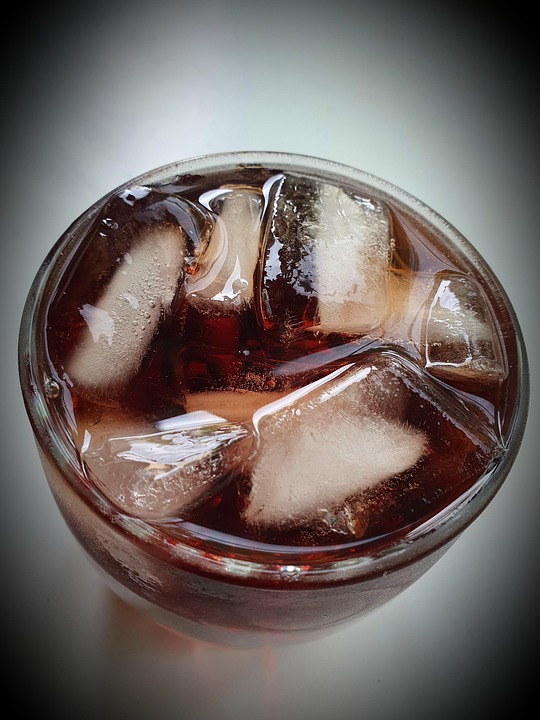Introduction
Ice wine, also known as Eiswein in German, is a type of dessert wine that is produced from grapes that have been harvested and pressed while frozen. This unique winemaking process results in a concentrated, intensely sweet wine that is highly sought after by wine enthusiasts around the world. In this report, we will explore how grapes are harvested frozen to create the intense sweetness found in ice wine.
Harvesting Grapes for Ice Wine
1. The Ideal Conditions
The process of making ice wine begins with the grapes being left on the vine until they freeze naturally. This typically occurs in regions with cold climates, such as Canada, Germany, and Austria. The grapes must reach a specific temperature, usually around -8°C to -10°C (17.6°F to 14°F), in order to be considered suitable for ice wine production.
2. Hand Harvesting
Once the grapes have reached the ideal temperature, they are harvested by hand in the early morning hours. This is typically done in one swift harvest to ensure that the grapes are frozen solid and have not thawed before being pressed. Hand harvesting is essential to preserve the integrity of the grapes and prevent any damage that could affect the quality of the final wine.
3. Pressing the Frozen Grapes
After the grapes have been harvested, they are immediately taken to the winery for pressing. The grapes are pressed while still frozen, which allows for the extraction of a highly concentrated juice with elevated levels of sugar and acidity. The pressing process is gentle to avoid breaking the frozen grapes and releasing any unwanted bitter compounds into the juice.
Fermentation and Aging
1. Slow Fermentation
Once the juice has been extracted from the frozen grapes, it undergoes a slow fermentation process to convert the sugar into alcohol. The slow fermentation helps to preserve the natural flavors and aromas of the grapes, resulting in a wine that is rich and complex.
2. Aging in Stainless Steel or Oak Barrels
After fermentation is complete, the ice wine is aged in stainless steel tanks or oak barrels. The aging process allows the wine to develop further complexity and depth, as well as to integrate the flavors of the grape with the sweetness from the concentrated juice.
Industry Insights and Financial Data
1. Market Demand and Pricing
Ice wine is a niche product with a limited production volume, which makes it highly sought after by wine collectors and enthusiasts. The intense sweetness and complex flavors of ice wine command premium prices, with some bottles selling for hundreds or even thousands of dollars.
2. Leading Ice Wine Producers
Some of the top ice wine producers in the world include Inniskillin in Canada, Dr. Loosen in Germany, and Kracher in Austria. These wineries are known for their high-quality ice wines and have won numerous awards for their exceptional products.
3. Financial Data
The global ice wine market is estimated to be worth over $200 million, with steady growth expected in the coming years. The high demand for ice wine, combined with its limited production, contributes to its premium pricing and profitability for producers.
Conclusion
In conclusion, the process of harvesting grapes frozen to create intense sweetness in ice wine is a meticulous and labor-intensive process that results in a unique and highly prized dessert wine. The combination of natural freezing conditions, hand harvesting, and gentle pressing techniques all contribute to the exceptional quality of ice wine. With its growing market demand and premium pricing, ice wine remains a coveted product in the wine industry, enjoyed by connoisseurs around the world.


